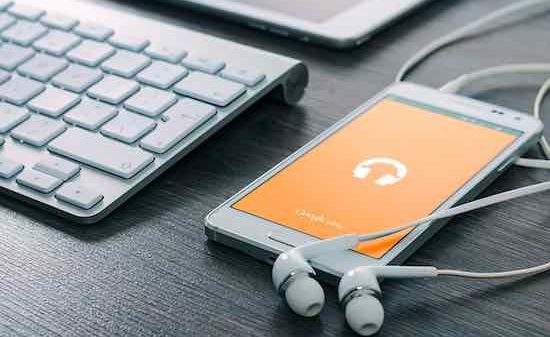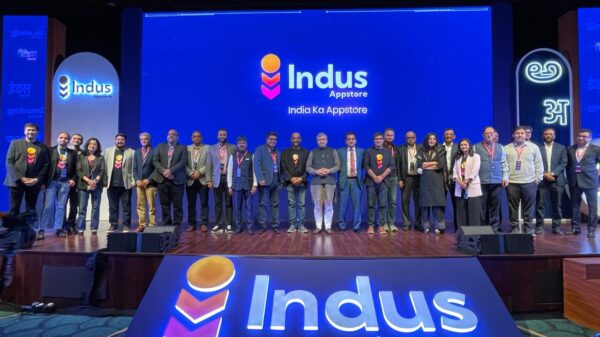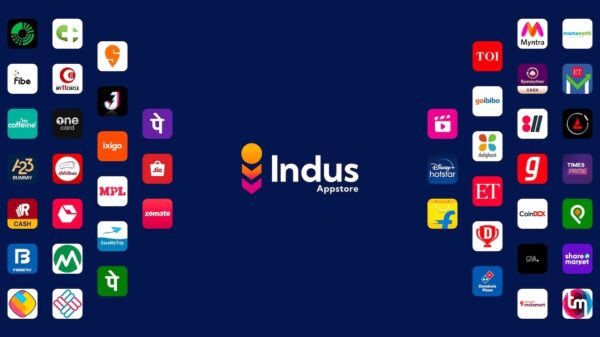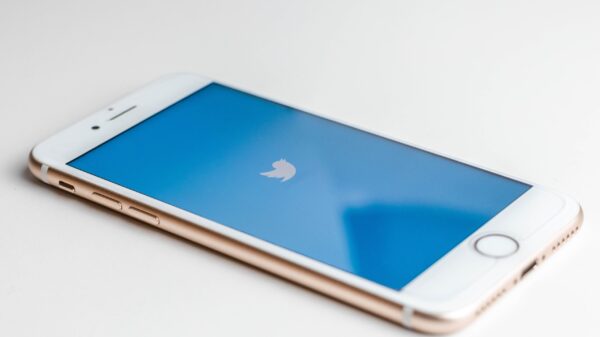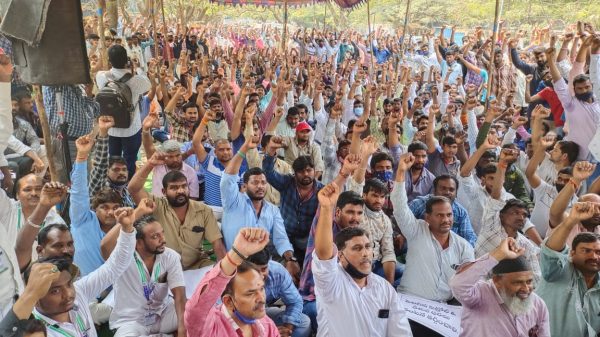Within a week of Prime Minister Narendra Modi declaring the Janta Curfew against the COVID-19 pandemic, where he said that people should simply consult doctors over the phone instead of visiting them, the Health Ministry notified the Telemedicine Guidelines 2020, laying down norms for an industry that has so far operated in a regulatory grey area. Doctors can now consult patients via phone, video, and chat applications including telemedicine platforms and WhatsApp. The guidelines, formulated by NITI Aayog, were notified under the Indian Medical Council (Professional Conduct, Etiquette, and Ethics) Regulations, 2002. The guidelines place the onus on the doctor to decide whether a teleconsultation will suffice, or if an in-person review is needed, based upon factors such as complexity of the patient's situation, whether he/she can identify the patient, among other things. Apart from direct doctor-patient consultation, telemedicine consultations can be held between a caregiver and doctor; doctor to doctor; and health worker to doctor (more on this below). Some of the basic guidelines and restrictions are: Both parties should be able to identify and verify each other. Doctors have to collect patient's personal details, including address, phone number; there needs to be a mechanism for patients to verify the doctor's credentials, the doctor's registration registration number has to be prominently. Age verification: Doctors need to explicitly ask the age of the patient to issue a prescription, and can also ask for proof. Teleconsultation for minors will be allowed only with an identified adult family member. Patient Consent: The patient’s consent is implied if…




